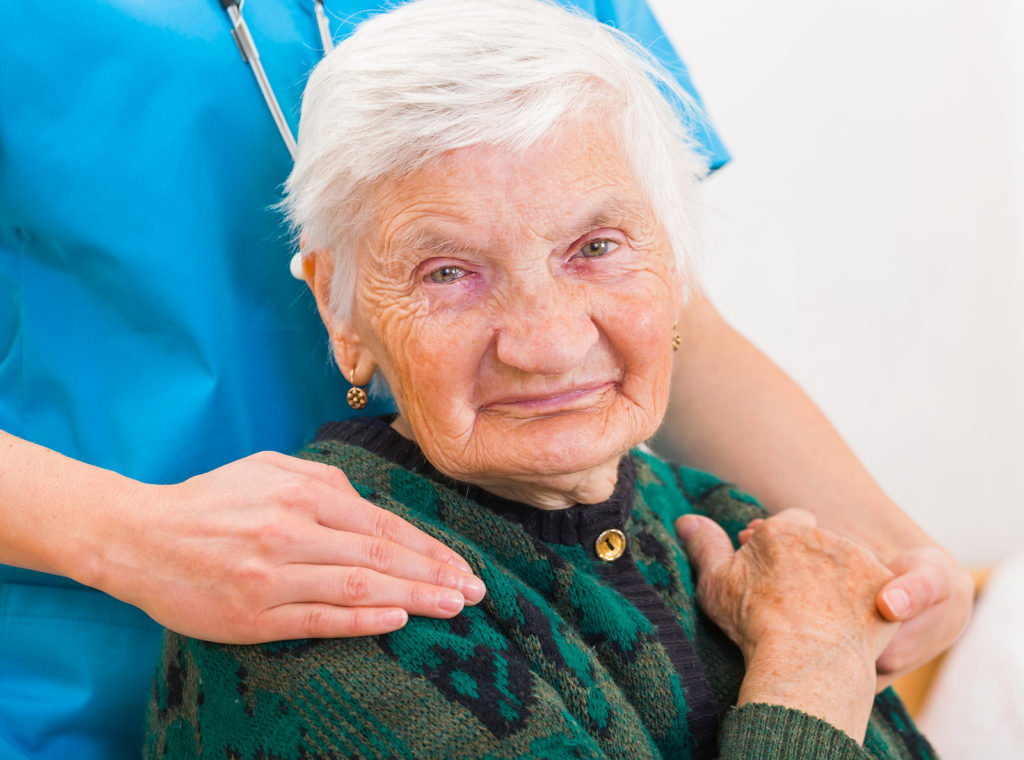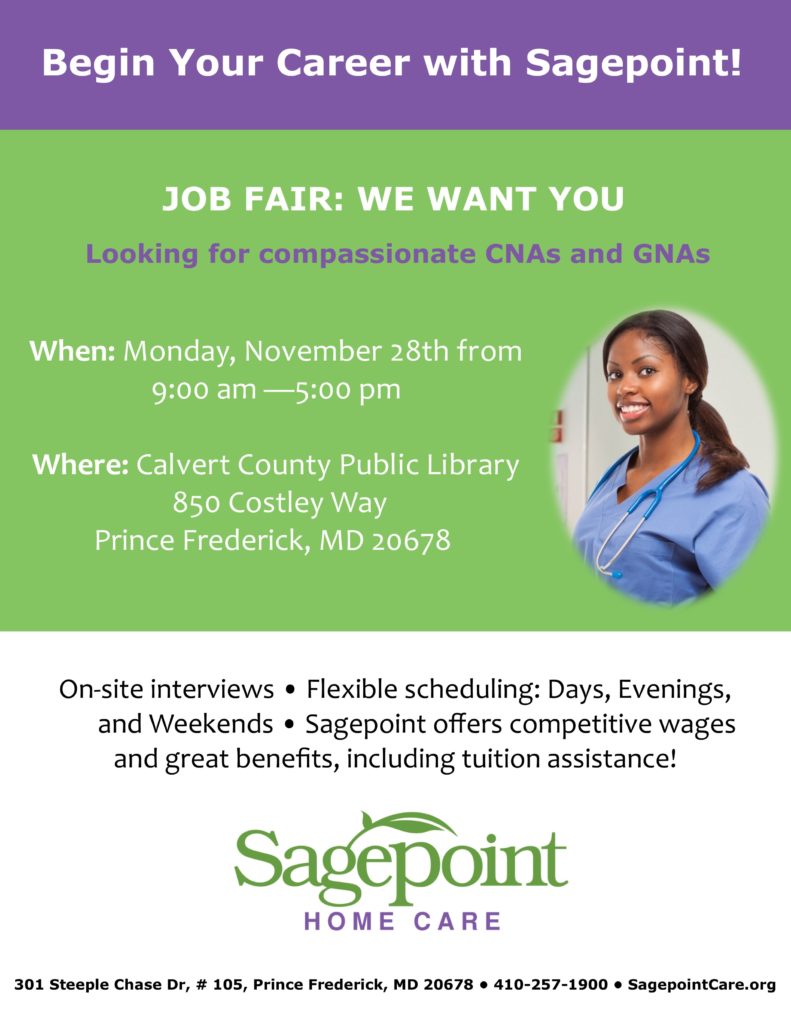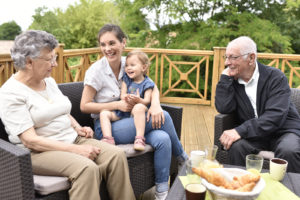
Family members of aging adults typically travel one of two paths to becoming a caregiver: the sudden sprint, or the gradual march.
The sudden sprint towards providing care for a loved one is often set off by an unexpected event—a stroke, a fall, complications from surgery—which acts as a catalyst, escalating your family member’s care needs practically overnight.
The gradual march in the direction of caregiving is less abrupt. You can’t say exactly when it began, but you’ve started noticing little changes in how your family member interacts with the world around them. Perhaps they’re getting lost while driving to the grocery store, maybe they’re having trouble keeping track of their medications, or balancing their checkbook—tasks they’ve performed countless times over the years, without any problems.
If an aging family member is consistently exhibiting these kinds of behaviors, they may soon be in need of extra care.
Here are 22 common signs your loved one may need extra help:
Physical
Fluctuating weight
Balance problems
Poor hygiene
Sleeping too much or too little
Unexplained burns and bruises (especially on the legs and arms)
Home Environment
Unkempt yard
Unusual carpet stains
Excessive clutter (several weeks’ worth of newspapers, piles of junk mail)
Unusual odors (urine, garbage)
Not enough food in the house
Failure to turn off stove, or water after use
Emotional
Mood swings
Abusive behavior (most likely verbal)
Lack of motivation
Uncharacteristically anti-social behavior
Cognitive
Confusion
Memory loss
Repetition
Hallucinations
Other
Dents and scratches on the car
Unfilled or untaken prescriptions
Unpaid bills
Whether these problems appear suddenly or slowly, they are all warning signs that indicate your loved one is having trouble attending to their own needs.
Being able to identify the presence of these red flags as soon as possible will enable you, your aging loved one, and the rest of your family to come up with a plan that ensures everyone’s needs get met.
Normal Aging, or Alzheimer’s Disease: What’s the Difference?
As a loved one ages, one of the questions that may come up for you and your family is how to tell the difference between the cognitive changes associated with “normal aging,” and those that could signal serious health conditions, such as dementia.
At this time, there’s no definitive way to distinguish between benign memory slips, Alzheimer’s, or other forms of dementia, but it may help to consider this as a general rule of thumb: occasionally misplacing the car keys is normal, while forgetting what to do with them is not.
Here are a few additional indicators that your loved one’s cognitive troubles may be caused by something more serious than the simple advance of age:
- Bad judgment (poor financial decisions, public outbursts)
- Movement issues (stiff movements, hunched posture)
- Loss of inhibition (saying or doing socially inappropriate things)
- Language problems (can’t form coherent sentences)
- Hallucinations and delusions (seeing things that aren’t really there)
- Trouble performing familiar tasks (can’t remember how to get to the doctor’s office)
- Memory loss that interrupts daily life (regularly forgets recent conversations)
Ultimately, it’s up to you and your family to determine if, and when, a loved one’s cognitive issues warrant investigation by a medical professional.
Provided courtesy of AgingCare.com, the go-to destination for family caregivers. AgingCare.com offers resources and support for those taking care of elderly parents. This article is one of a series of articles included in the eBook, Family Caring for Family. Download your free copy at www.AgingCare.com/ebook.










 Equal Housing Opportunity
Equal Housing Opportunity